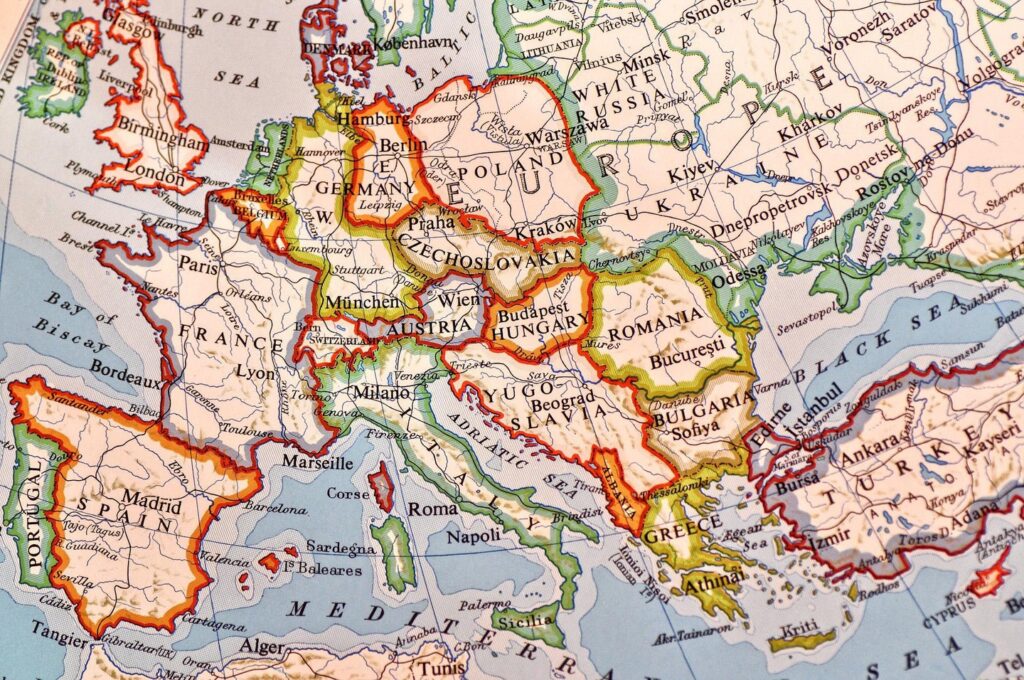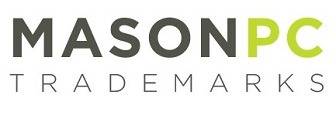Is the Madrid System Right For You?
If you are looking to register your trademark in multiple countries, then the Madrid Protocol system may be ideal for you. Centrally administered by the World Intellectual Property Office (“WIPO”), the Madrid system enables you to apply for trademark protection in over 120 countries through a single process.
We have seen countless clients enjoy significant cost savings through the system, particularly where multiple countries are of interest.
The application process is fairly straightforward.

It begins with an application for international registration through WIPO. Bear in mind that this application must be based on an initial corresponding Canadian trademark application or registration. We can file your initial Canadian application and your application for international registration in or around the same timeframe.
For both applications, we will need to indicate the goods and services you plan to sell, and the international class(es) to which they belong. We generally assist clients with this as it can be quite a technical task.
The goods and/or services claimed in your application for international registration, must match, or fall within the scope of goods and/or services claimed in your initial Canadian application or registration.
Additionally, we must indicate the countries in which you require protection for your brand.
Once we have completed the aforementioned steps, we will submit your application for international registration to the Canadian Intellectual Property Office (CIPO) for pre-certification, and onward transmission to WIPO.

WIPO will examine the same for compliance with the rules and regulations governing the Madrid system, and, upon approval, will grant the application for international registration. Notification of the international registration will be sent to each selected country and will essentially form the basis of individual local trademark applications.
Each local application will undergo examination pursuant to the trademark laws of the corresponding country. If there are no official or third-party objections, then the trademark will be registered in each country. If there are objections, local representatives would have to be appointed to attend to the objection(s).
Advantages of Applying Through the Madrid System
Businesses with a global presence or intent will be happy to learn about the many advantages of the Madrid system. In particular, the system offers:
- The opportunity to apply for trademark protection in multiple countries through a single application process;
- Omission of the need to appoint local legal representatives in every single country of interest (except in countries where official or third-party objections are met). This no doubt makes for a more convenient, streamlined and cost-effective process;
- Potentially large cost savings based on advantages 1 and 2 above;
- A fixed examination period of 12 to 18 months in each country. The significance of this benefit cannot be overstated given the extraordinarily long processing and wait times in some countries (even up to 2 years);
- Trademark applications and all associated communication take place in one single language (as selected by the applicant) i.e English, French or Spanish, regardless of the primary language in the individual countries;
- Centrally maintained trademark portfolio through WIPO, for example, international registration and multiple country registrations are renewed and maintained through WIPO’s central filing system;
- New countries can be added and designated later on.
Disadvantages of the Madrid System
All of the above advantages underscore the tremendous benefit that the Madrid system can offer to businesses with international interests…BUT…there is a but. The Madrid system is not without some inherent vulnerabilities. The following are particularly mentionable:
- Your international registration (which forms the basis of all of your individual country applications) will be dependent on your initial Canadian application or registration for a period of five years from the date of the international registration (“Dependency Period). As such, your international registration and, by extension, your individual country applications will collapse if your Canadian application or registration is abandoned, disallowed (finally) or cancelled. This is known as a central attack. As tragic as this sounds, all is not necessarily lost. There are provisions that allow for centrally attacked country applications or registrations to be transformed into national applications or registrations. However, this will require official processes and fees, and might very well nullify the initial cost and time savings that you would have obtained initially;

- Similarly, any limitation/restriction applying to your initial Canadian application or registration within the Dependency Period can impact your international registration and subsequent country applications. For example, if the goods and services covered by your initial Canadian application or registration are narrowed, then the goods and services covered by your international registration will also be narrowed;
- The Madrid system does not obviate the applicability of local laws in the countries you designate. Applications filed under the Madrid system will be individually examined in each designated country for compliance. This creates a risk of official or third-party objection in which case a local legal representative will have to be appointed. Depending on the country, you could find yourself strapped for time. In China, for example, the deadline to appeal a rejection for registration is only 15 days. You can well imagine the difficulty one could face in retaining local counsel in such a short period of time;
- The Madrid system might not facilitate protection in every single country of interest. Some countries, most notably in the Caribbean and Africa, have not yet updated their laws to recognize the Madrid system.
Madrid or No Madrid
This decision is definitely not one size fits all.
There are several factors that you and your Canadian counsel should consider in determining if the Madrid system is right for you. In particular:
- How do you plan to use your trademark in each country?
Whilst it is possible to limit your goods and services in each country, it will not be possible to change the appearance of the mark, as it is represented in the international registration, or to diversify its features to meet differing branding ideas and needs. In other words, the international registration (on which all your country registrations are based) cannot be changed to reflect differences in how you represent and use your trademark in different countries. If you plan to use the mark consistently everywhere, then that is one tick in favour of Madrid. If not, then the system is likely not ideal for you.
- Number of countries where protection is necessary
If you are filing in one or two other countries (outside of Canada), then you might as well file in each country individually. The cost savings to be achieved through the Madrid system, in this case, will likely not be significant enough to outweigh the value of guidance from a legal representative trained and experienced in the local law.
- Is your application foreseeably smooth or not so smooth?
As stated earlier, the Madrid system does not circumvent local laws and requirements. The fact that your trademark is accepted in Canada, and by WIPO, does not mean that it will be automatically accepted in every other country. If there are foreseeable technicalities (for eg. with your specifications of goods and services), it will probably not be wise to file through Madrid. Else, you might find yourself bombarded with objections and will have to appoint local trademark representatives in each country. This will likely nullify the initial cost savings of filing through the system, and will probably be quite frustrating for you. In a case like this, having the advice and guidance of a locally trained trademark expert will likely mitigate against the risk of serious and multiple objections.

Businesses looking to protect their brands internationally should seriously consider the Madrid system as an option. The possibility of achieving multiple country registrations through a single filing is definitely compelling. That said, the Madrid system might not be the best fit for you and your business. The process of building an international trademark portfolio will not always be the same. Business owners will be well advised to do so with the guidance and supervision of an experienced trademark lawyer. At Mason PC, we have helped countless clients to build and maintain their global brand portfolios, and we would be happy to do the same for you. We encourage you to schedule a free consultation.


